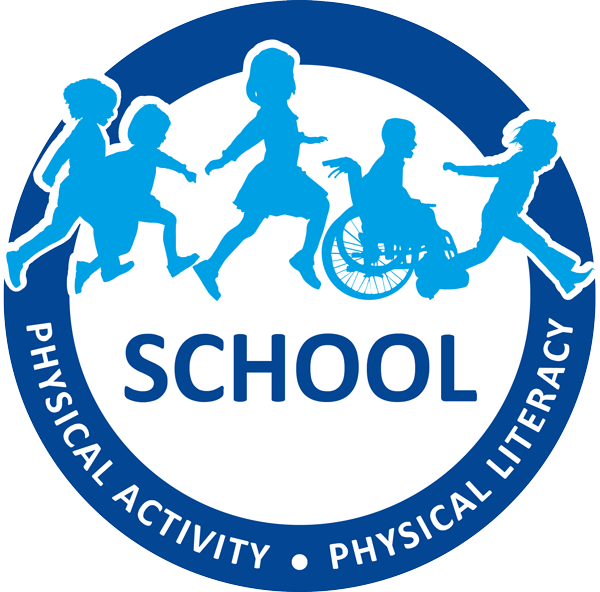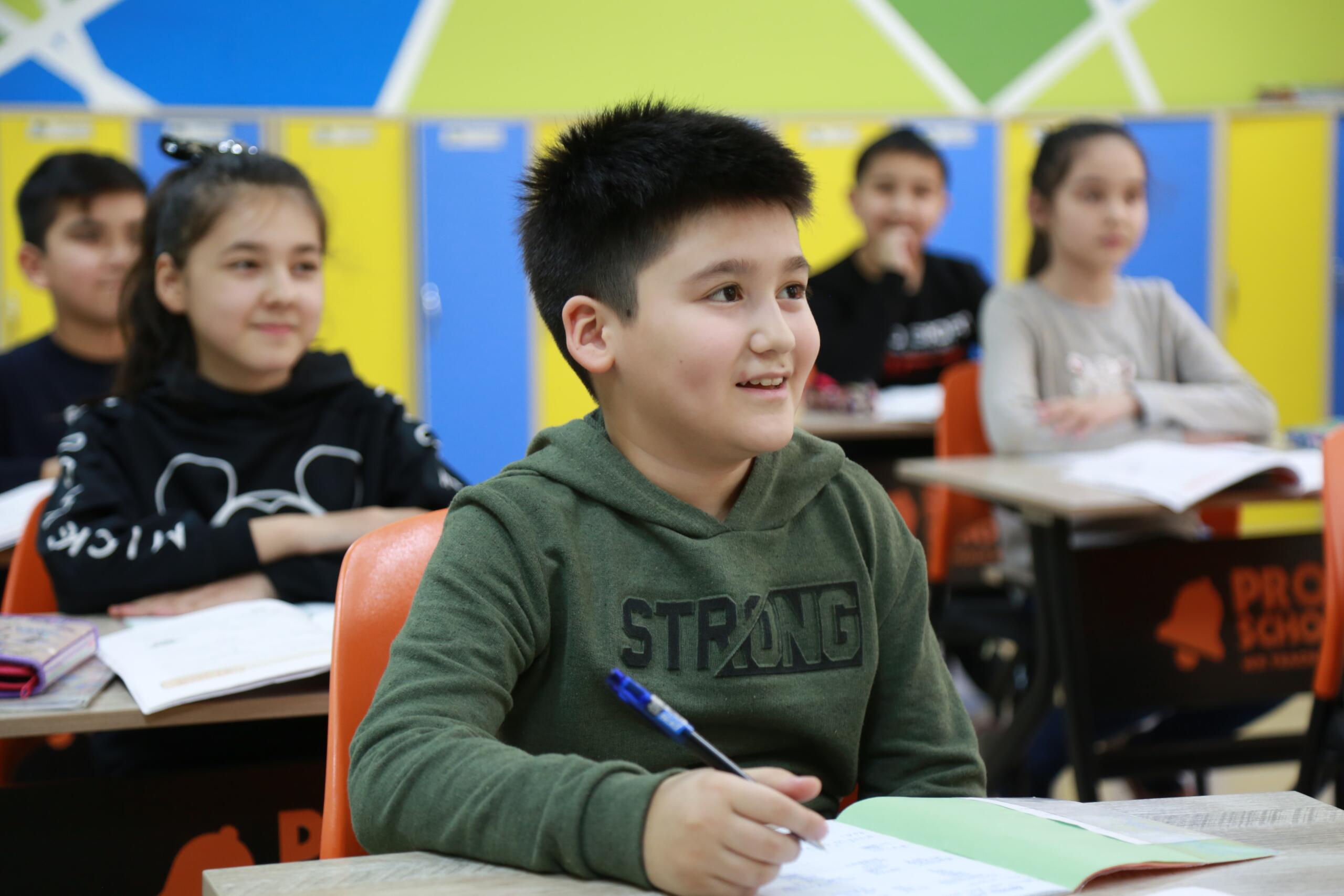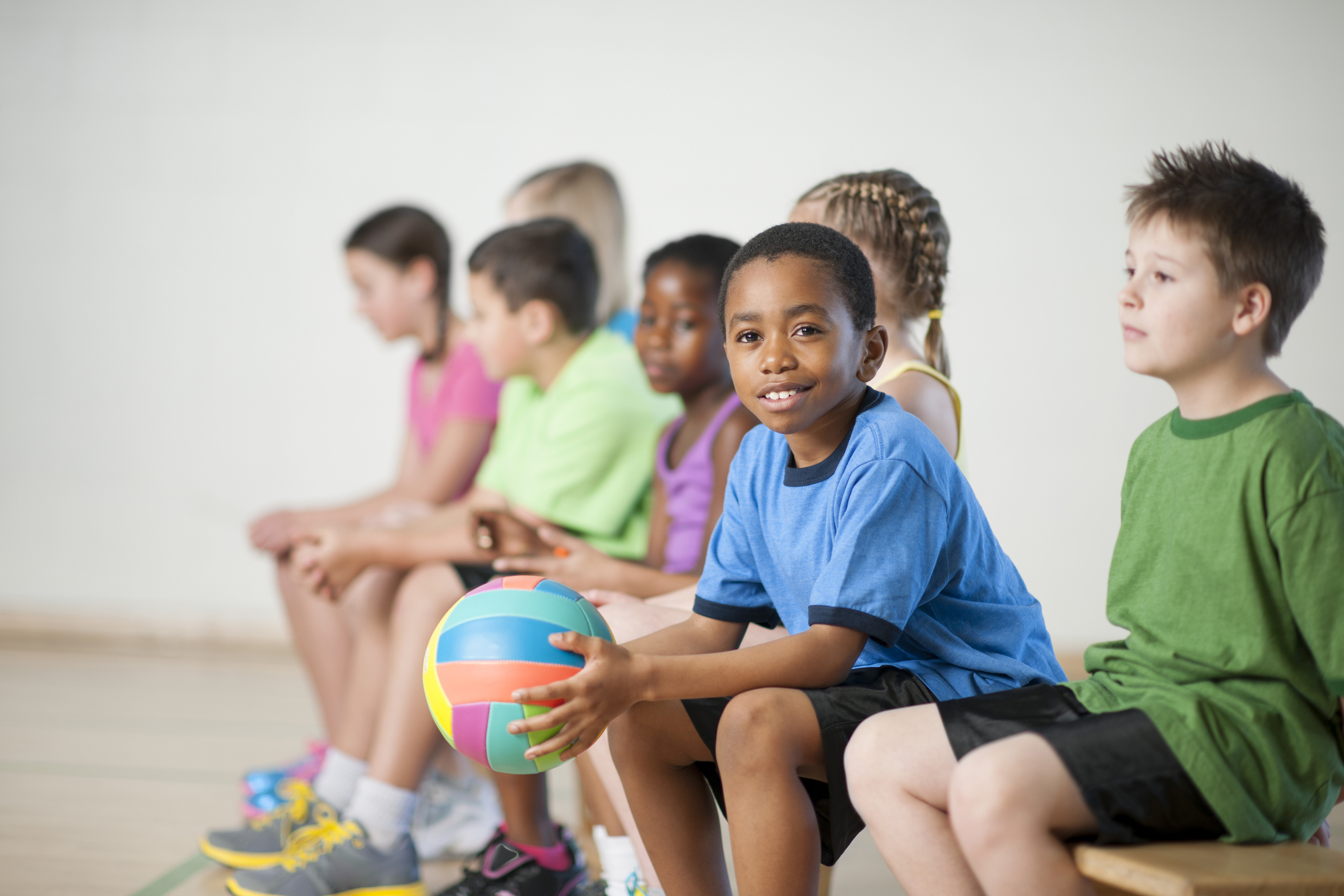As the winter weather starts, you might be looking for ways to keep physical activity a part of your daily class’ routine without needing to go outside between your gym blocks.
Physical activity and physical literacy aren’t just things you can work on when outside or in the gym. Here are four activities to encourage physical activity and physical literacy while in the classroom, from the School Physical Activity and Physical Literacy project‘s PLAYBuilder (a free, digital lesson-planning tool for B.C. K-7 educators, aligned with the B.C. Physical and Health Education Curriculum):
Animal Stretches
Participants stretch like various animals.
Grades K-3
Equipment
No equipment is necessary!
Setup
Students form a semi-circle around the leader; alternatively, have students stand behind their desks.
Instructions
- Reach up to the ceiling like a giraffe. Stand on your tippy-toes, and reach with your arms. Pick some leaves off the trees, and place them at your feet to eat later. Reach from side to side.
- Stand on one leg like a flamingo and hold your foot with your hand. Try the other foot.
- Clasp hands behind your back and puff out your chest like an angry bear. Can you make a bear sound?
- Sit on the floor, bend knees, open legs, and touch soles of feet together like a butterfly. Flap your butterfly wings by moving thighs up and down.
- Pretend you are a turtle on its back. Clasp hands around the back of knees and bring knees to chest. Rock back and forth, and side to side.
- Lie on your back like a sleeping snake. Close your eyes and breathe softly
Move to 10
Students practice their fundamental movement skills while counting to 10.
Grades K-3
Equipment
No equipment is necessary!
Setup
The educator places the names of some fundamental movement skills (e.g., jumps, hops, balance) in a hat or in a website that randomly picks a movement (https://wheelofnames.com/).
Instructions
- The educator picks a skill.
- The students and educator perform the skill while counting to 10 (e.g., 10 hops on the left, 10-second balance on one foot, 10 jumps, etc.).
Variations
- Try counting backward.
- Try counting by twos.
- Add two numbers together and perform the skill to the sum.
Math True or False
Students perform a movement activity for true and false math questions.
Grades 4-7
Equipment
No equipment is necessary!
Setup
- The educator writes on the board, “True = Squats, False = High knees.”
- Students stand up.
Instructions
- The educator states various math questions and provides an answer.
- If students think the solution provided is true, they do squats; if they believe it is false, they do high knees.
Variations
- Have students provide the math questions and answers.
- Change up the movement activities (e.g., lunges, balance on one foot, jumping jacks).
Word Puzzles
Students work together to put a word puzzle together.
Grades 4-7
Equipment
No equipment is necessary!
Setup
- The educator prints out a word at their grade level and cuts it into pieces that can fit back together.
- The educator places students into groups of three and lines them up on the end line.
Each group has the same puzzle, which is on the opposite side of the play space.
Instructions
- When the educator says “Go,” the first person in line runs to the other side, grabs a piece of the puzzle, and runs back to tag the next person in line.
- When groups have collected all puzzle pieces, they must work together to put the puzzle together and tell the educator the word.
Variations
- Make it a race, and whoever finishes first wins.
- Use different locomotor movements (e.g., skipping, jumping, hopping) instead of just running.
- Use phrases instead of words.
For more activities like the above that align with the B.C. Physical and Health Education Curriculum, register for PLAYBuilder today: https://schoolpapl.ca/resources-home/playbuilder/


